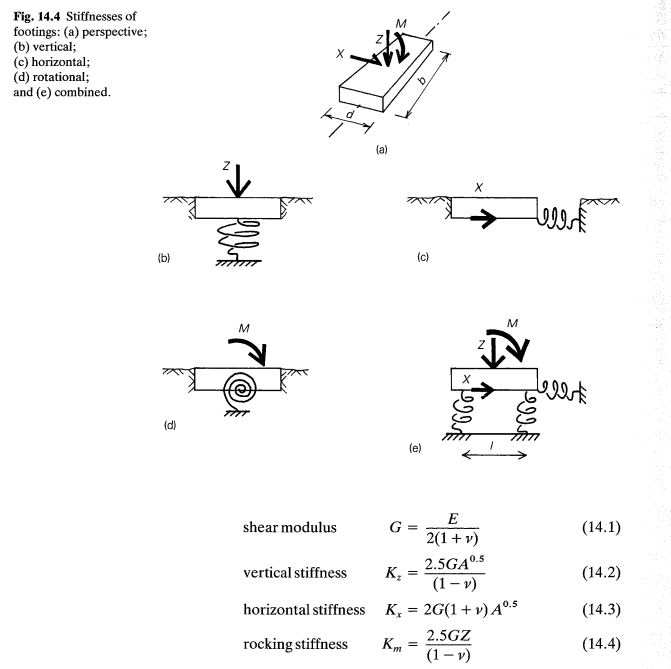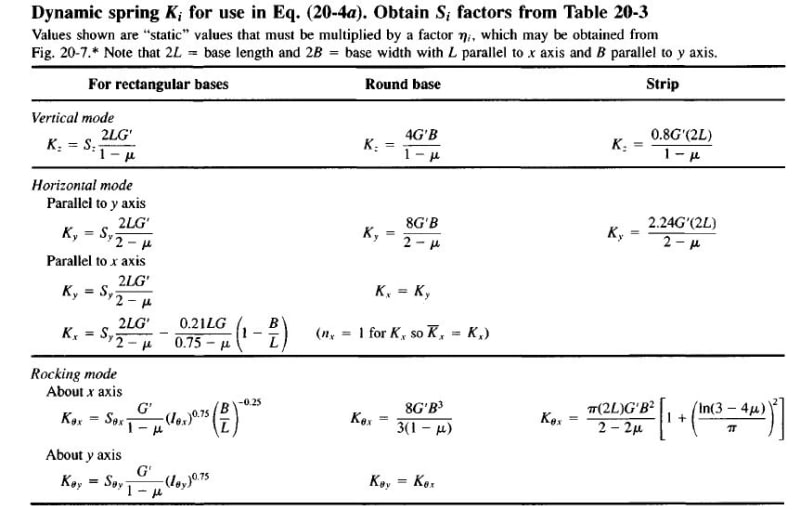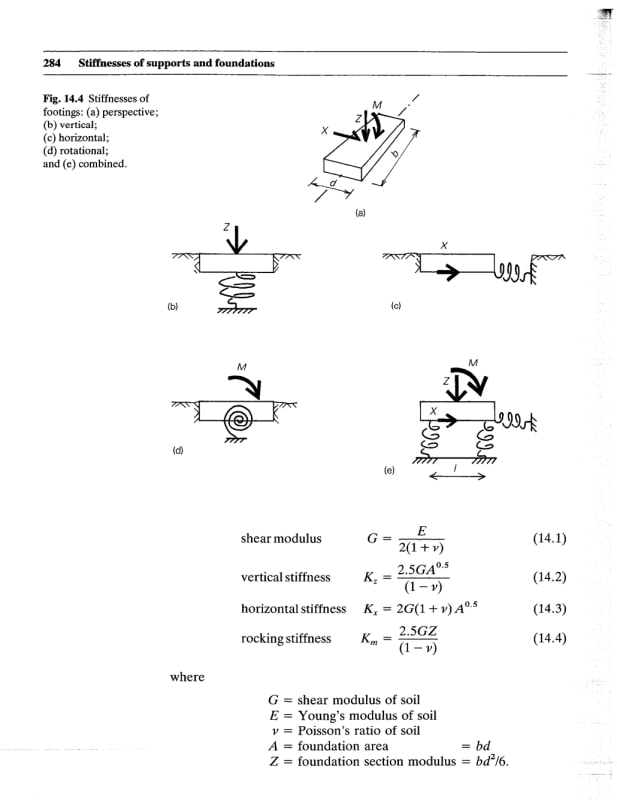MSUK90
Structural
- Jan 29, 2020
- 155
The question is regarding the 'beams on elastic foundation' modeled in SAFE program.
Does anyone here has noticed the 'rotational spring constant/unit length' in 'line spring property data' in SAFE v16(beside the 'vertical spring constant')?
What value should be provided there and what is its affect?
Tried a lot googling but couldn't find relevant data.
If someone else uses any other program, is the same option available there?
Any thoughts or material for reference is highly appreciated.
Does anyone here has noticed the 'rotational spring constant/unit length' in 'line spring property data' in SAFE v16(beside the 'vertical spring constant')?
What value should be provided there and what is its affect?
Tried a lot googling but couldn't find relevant data.
If someone else uses any other program, is the same option available there?
Any thoughts or material for reference is highly appreciated.

![[hourglass] [hourglass] [hourglass]](/data/assets/smilies/hourglass.gif)



